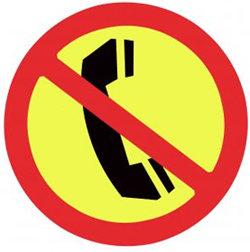I was honored to be one of three speakers from the U.S. invited to participate in the 6th International Marketing Congress: Marketing from the Inside, hosted by Asomercadeo, the Colombian Marketing Association. My Atlanta-based colleagues, Debra Semans and Ron Strauss, and I journeyed to Medellin, Colombia, recently to share our perspectives on internal marketing and internal branding.  More than 400 business professionals gathered at the Congress to focus on the strategic impact of internal marketing in organizations “where there is a synergy between the areas of marketing, communications, human resources, and senior management.” Speakers addressed the elements of employee engagement, corporate culture, corporate social responsibility, marketing’s relationship within the organization, and leadership on brand-building.
More than 400 business professionals gathered at the Congress to focus on the strategic impact of internal marketing in organizations “where there is a synergy between the areas of marketing, communications, human resources, and senior management.” Speakers addressed the elements of employee engagement, corporate culture, corporate social responsibility, marketing’s relationship within the organization, and leadership on brand-building.
For me, the highlight of this conference was learning that the core business concepts that my North American-based marketing colleagues and I advocate are becoming more universal in practice. This revelation was reinforced in the following themes repeated frequently during the conference:
- People are the central axis of a company.
- Employees and customers need to feel valued.
- Organizational culture nourishes the brand.
- Marketing, Human Resources, Operations, Finance, and all other areas of an organization need to work together as a team.
- CEOs talk about human capital, but few actively engage them.
Another highlight of the trip was experiencing the ultimate in southern hospitality. Cristina Jaramillo Lopera, Academic Leader of the International Marketing Congress, and Asomercadeo’s leaders and event staff were most welcoming and accommodating. Truthfully, I was apprehensive about traveling to Medellin given the area’s reputation and that fact that I don’t speak Spanish. Cristina graciously hosted us on a wonderful tour of Medellin. The city and country-side are truly beautiful; the city is also aptly recognized as Innovative City of the Year. I was impressed with its public access to arts & culture. The strong sense of pride that residents and businesses have in Medellin and Colombia is palpable. And I look forward to returning someday.








